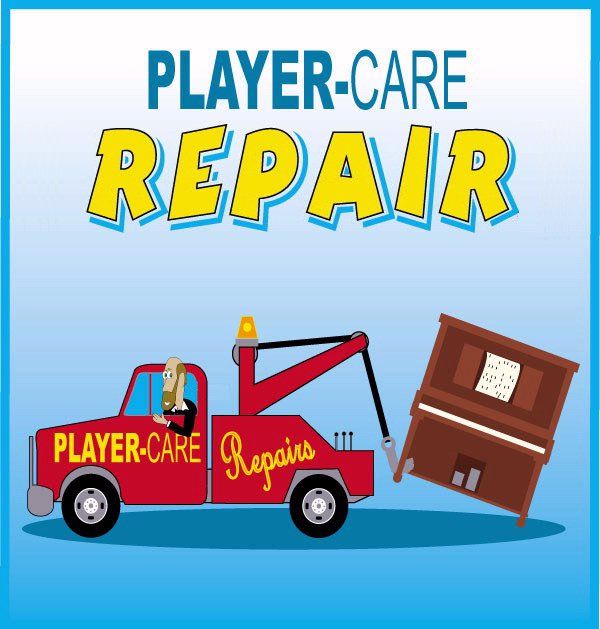
|

|

|

|

|

|
| Home | Manuals | Supplies | Search | Consult | Contact | Testing | Service |
|
The corner stone of our existence is laid the moment our
sense of feeling develops in the womb. Exactly when that occurs is debatable. The
foundation begins building outward at an incredible speed and is only limited by the
experiences we encounter. Some parts of the structure build faster than others and, in too
many cases, some stones are missing, creating a weak
spot. At the other end of our natural life, the structure has grown to it's fullest size, since
nothing can be taken away once it is added, except by unnatural acts or disease. No two
structures are ever the same, although they all possess numerous, virtually identical blocks.
Therefore, it is our similarities that make us different in that it is not the experience that
molds the foundation but rather the manner in which the experiences are placed on that
foundation.
The easiest way to understand the truth of this reality can be seen in the way we react to
certain stimuli. A few simple ones are light/dark, hot/cold, loud/quiet, sweet/sour and
aromatic/pungent. Although the blocks or experiences are all physically identical, i.e.,
light is excited electrons bouncing off an object and into our eyes and dark is the absence
of those excited particles, the fact remains that some people are afraid of the dark even
though everything that was around them in the light is still exactly where it was when the
lights went out. We have all experienced that moment of fear. But why? Is it the sudden
change? Closing ones eyes creates the same effect and yet we are not instantly frightened.
So where do these negative responses come from? And can anything be done to change
the foundation which is who we are? Can the gaps or weak spots be filled in and made
strong? Or, as some suggest, can a new inner structure be created within the weakened
outer walls?
These, it seems, are the two fundamental approaches to mental therapy. Fix the holes in
the wall or build a new one. While both ideas appear sound in logic, they demand a
complete understanding of how the structure was created so that positive blocks are
stacked on top of each other thus reinforcing the wall/s. This 'learning' process, on the part
of any 'therapist', requires numerous hours of intimate conversation wherein an effort is
made to point out positive and negative stones and place them in their 'appropriate'
places. And, ignoring the fact that implicit trust is an absolute necessity for successful
reconstruction, the current methodology calls on the combined experiences of the
'therapist' as the builder. Considering the limited experiences which form our lives, it
seems unreasonable that any particular human being has enough insight to understand that
which they have never personally experienced. Perhaps there is another approach. One
that doesn't require the aid of another person. This is what I would like to examine and
explore.
Regardless of our background or circumstances, virtually every human being has strong
points and weak points. Personally, I believe it's a natural function of the brain. It has
been well established that we all have a natural tendency to follow in the path of our
previous thought. When we 'get it right' and are 'rewarded', we continue to think in that
direction because it's pleasant and comfortable. One tricky part, which will be discussed
later, is, what is pleasant and comfortable for one may be unpleasant and uncomfortable
for another. The only thing we really have in common is strong and weak points and
'feelings'.
The situation becomes very complex when we add 'feelings' to the mix. Feelings are
completely intangible because they exist only in the brain and yet many people allow
these intangibles to rule their lives. However, just like studying our times tables to learn
multiplication, we can create our own 'tables of action' and 'study' our way to feelings we
enjoy. After all, it's all about happiness. But how do we create these 'tables' and how do
we realize it's time to use them?
Most people seem to agree that the 'key' to happiness is 'following your heart'. Actually,
what they really mean is 'do whatever makes you happy'. The problem with this way
of thinking is that it doesn't take into consideration the ramifications that your actions
will have on the people around you. Most of us are (in a sense) stuck in some rut that
'prevents' us from making large changes. However, that 'rut' is only as deep as you
allow it to be, and large changes are normally the best changes. Here's where the
'tables of action' come into play.
Life is all about taking chances. But reasonable people usually have some sort of
a 'plan of action' that leads from the point where you are now, to the point where
you would like to be. That necessitates that you firmly establish where you want
to be when you 'get there'. Working backwards from that point to where you are
now is fairly easy. So start writing things down! The directions you must take
will become very clear and your 'list of things to do' will become your 'table of
action'. Study it carefully and do at least one new thing everyday. Before you
know it, you will be on your way to the 'new and improved' you. And you'll
discover that changing your life is not really as difficult as most people would
have you believe.
Before becoming a Christian in 2009. My viewpoints today are radically different.

|